Seven decades have passed, but the Dien Bien Phu Victory remains a shining symbol of the indomitable and resilient Vietnamese people. The historic Dien Bien Phu Victory, the pinnacle of the resistance war against French colonialism, was first and foremost a victory of the correct and creative political and military lines of the Party, headed by President Ho Chi Minh.
 |
| In late 1953, in Viet Bac, President Ho Chi Minh and Party leaders decided to launch the Dien Bien Phu campaign, determined to destroy the strongest French stronghold in Dien Bien Phu. Photo: VNA file |
“This campaign is a very important campaign"
In November 1953, Nava sent paratroopers to Dien Bien Phu, building this place into the strongest stronghold in Indochina - the backbone of the "Nava Plan". The enemy's force here reached 16,000 troops with many modern weapons, aiming to use it as a springboard to retake the Northwest, control the Lao battlefield, and at the same time keep our main force in Viet Bac so that the French army could freely operate in the Northern Delta and capture Inter-zone 5. They praised and promoted this as "a fearsome stronghold", "an impregnable, unbreakable fortress".
On December 6, 1953, the Central Politburo of our Party met under the chairmanship of President Ho Chi Minh. Here, the Politburo assessed that after many successful campaigns, we were in a proactive strategic position, while the enemy was in a passive position. From there, they decided to choose Dien Bien Phu as the strategic decisive battle point - the decisive blow to successfully end the resistance war against the invading French colonialists.
Thus, we have moved from “avoiding the strong points, attacking the weak points” in the past to choosing the enemy’s strongest point, the Dien Bien Phu stronghold, to destroy. This was a bold and wise decision. In his supreme position, President Ho Chi Minh pointed out: “This campaign is a very important campaign. Not only militarily but also politically, not only domestically but also internationally. Therefore, the entire Party, the entire army, and the entire people must complete it successfully” (1).
The Politburo and President Ho Chi Minh assessed that Dien Bien Phu was a strong base, but its fundamental weakness was isolation. It was very far from the enemy's rear, and all supplies and transportation had to rely on air. For us, Dien Bien Phu was also far from the large rear. To carry out the Dien Bien Phu campaign, our biggest difficulty was also the supply problem. But our army and people were more capable of overcoming difficulties than the enemy. That was because our rear was changing in the land reform. Moreover, our army had also matured after the Border, Hoa Binh, Tay Bac, and Thuong Lao campaigns, making progress in combat and technical equipment, especially with the will to "fight and win" and be able to defeat the base.
"Only fight if you are sure of winning, and not sure of winning, don't fight."
To ensure the preparation and command of the campaign, President Ho Chi Minh and the Politburo decided to establish the Front Command and Party Committee, with General Vo Nguyen Giap, Politburo member, Commander-in-Chief of the Vietnam People's Army, directly as Commander and Secretary of the Front Party Committee. The Government decided to establish the Front Supply Council, chaired by Deputy Prime Minister Pham Van Dong, Politburo member. Director of the General Political Department Nguyen Chi Thanh was sent to Thanh Hoa, a populous, rice-rich free zone, while Chief of the General Staff Van Tien Dung returned to the familiar battlefield, the Inter-Zone 3 plain, to directly disseminate the tasks, guide and direct localities to mobilize human and material resources to serve the Dien Bien Phu campaign.
When seeing General Vo Nguyen Giap off to battle, Uncle Ho instructed the commander and Party Secretary of the Dien Bien Phu Front: “The Commander-in-Chief of the Front, the General is abroad. I give you full authority to make decisions. This battle is important, we must fight to win. Only fight if we are sure of victory, if we are not sure of victory, we do not fight” (2).
It was thanks to the supreme leader's high trust in him that General Vo Nguyen Giap made "the most difficult decision in his commanding career" (3), when most of the Chief of Staff, Political Commissar, Logistics Commissar, experienced officers of the participating divisions, and many regimental and division officers all felt that they should fight quickly and resolve the situation quickly. In that difficult moment, thinking back to Uncle Ho's advice "Only fight when sure of victory, not fight when not sure of victory", the General made the decision to switch from the motto "Fight fast, win fast" to "Fight steady, advance steadily".
And the victory of the Dien Bien Phu campaign proved the correctness of the above decision. Through this, we have a profound lesson in choosing the person to assign important responsibilities in the work of using cadres and the absolute trust of the supreme leader in the cadres who have been entrusted with important responsibilities.
Mobilizing national strength for the campaign
Deciding to launch the Dien Bien Phu Campaign, the Politburo and President Ho Chi Minh discussed and analyzed very carefully to find a suitable plan to mobilize the strength of the whole country to support the campaign to ensure victory. A campaign to mobilize the people to support Dien Bien Phu was launched vigorously, on an unprecedented scale. The Front Supply Council was established to direct localities, economic and financial sectors, and organize the mobilization of human and material resources of the whole country.
With the slogan “All for the front, All for victory”, in a short time we have mobilized a large amount of human and material resources from many regions, from many classes and strata throughout the country. According to the summary of the Dien Bien Phu campaign, the people contributed over 25,000 tons of rice, over 260 tons of salt, nearly 2,000 tons of food, over 26,000 laborers with over 18 million working days, approximately 21,000 bicycles. In addition, there were hundreds of rudimentary vehicles, hundreds of pack horses and thousands of boats...
However, each ton of goods delivered to the Northwest and reaching the soldiers was a feat of many people, in exchange for the sweat and blood of the transport force. Overcoming the above difficulties, the Party Central Committee and President Ho Chi Minh advocated mobilizing local logistics resources. This was a very important source that did not require much transportation effort, was both fast and less secretive. In particular, the Northwest people did a good job of this task through their efforts to increase production, contributing millions of tons of rice, meat, and vegetables to the campaign. In addition, the Northwest people also took care of the soldiers from needles and threads to medicine and sent tens of thousands of letters of encouragement to the soldiers...
In the competitive atmosphere of “All for the front, all for victory”, every region and locality competed with each other to support the front. The people of the whole country stood side by side, cutting mountains, leveling hills, building roads and breaking waterfalls to open paths for troops and boats to pass through. Thanks to that, the most worrying and difficult issue that seemed insurmountable, the campaign logistics problem, was successfully resolved. It was the strength of the great national unity bloc that created that outstanding success. And the person who gathered and mobilized that strength was our Party, headed by President Ho Chi Minh - the supreme commander of the historic Dien Bien Phu Campaign.
Always pay attention to directing and encouraging officers and soldiers
As the great leader of the nation, the supreme commander of the historic Dien Bien Phu campaign, President Ho Chi Minh always paid attention to directing, encouraging and guiding the cadres and soldiers. That encouragement was not only for the forces participating in the campaign, but also deeply expressed to each cadre and soldier, from broad issues to specific situations in combat and daily life.
As soon as our units advanced to the Northwest, Uncle Ho sent a letter to the cadres and soldiers of the Dien Bien Phu front: “This fall and winter, you have the task of advancing to Dien Bien Phu to destroy more enemy forces, expand more resistance bases, and liberate more people oppressed by the enemy. Last year, you fought bravely, destroyed many enemies, and won great victories. Uncle Ho is very pleased... You must fight more bravely, endure more hardships, and maintain your determination in all circumstances... Uncle Ho and the Government are waiting for news of victory to reward you” (4).
With the front ensuring supply for the campaign, a heavy task that determined the success or failure of the campaign, Uncle Ho also wrote a personal letter “To the supply cadres and the people”. He presented the “Determined to fight and win” flag as a rotating award to encourage everyone to make achievements in the Tet Giap Ngo campaign (1954). He gave each cadre and soldier at the front a very beautiful drinking cup with the bold red words “Resolutely fulfill the task”.
Near the day of the opening shots of the campaign, in March 1953, President Ho Chi Minh sent another letter to the cadres and soldiers on the Dien Bien Phu battlefield. On the afternoon of March 14, 1954, the People's Army Newspaper published at the front respectfully published this letter. In the letter, he clearly stated that the mission in this campaign was "very great, difficult, but very glorious", and believed that our cadres and soldiers would "build on the recent victory, determined to overcome all difficulties and hardships to fulfill the glorious mission ahead" (5).
On March 15, 1954, amidst the intense and fierce battles of the first phase of the campaign, Uncle Ho and the Party Central Committee sent a telegram to all cadres and soldiers on the Front. He praised our army for winning the first two battles at Dien Bien Phu; highlighted the historical significance of the campaign both politically and militarily and reminded our army and people to “strive, fight tenaciously and persistently, not to be subjective and underestimate the enemy, and to be determined to win this campaign” (6).
In addition to letters and telegrams sent to soldiers and laborers, Uncle Ho also wrote many articles and gave interviews to foreign press, affirming the inevitable victory of the Dien Bien Phu campaign and of our people's resistance war against French colonialism.
He also paid special attention to the situation on the battlefield. To overcome difficulties and obstacles and ensure supplies for the frontline, President Ho Chi Minh and the Politburo promptly issued a Resolution, stating that “The entire people, the entire Party and the Government must definitely bring all their strength to support Dien Bien Phu and must do everything necessary to achieve total victory for this campaign.”
It can be seen that throughout the Dien Bien Phu campaign, he always maintained a meticulous and careful style, always close to the cadres and soldiers. Following the campaign, keeping up with the news every day, every hour, Uncle Ho brought to the cadres and soldiers on the front line great strength and confidence in victory.
Thus, President Ho Chi Minh contributed greatly to the historic victory of Dien Bien Phu from planning the general strategy to directing each battle. He instilled in our soldiers a determination to fight and win, an extraordinary determination, strength, and an iron belief so that our army and people could overcome difficulties and dangers to achieve complete victory.
-----------
(1): Ho Chi Minh - Biographical Chronicle, National Political Publishing House, Hanoi, 2007, vol.5, p.403.
(2): Ho Chi Minh - Biographical Chronicle, op. cit., vol. 5, p. 416.
(3): General Vo Nguyen Giap - Dien Bien Phu 50 years in retrospect, People's Army Publishing House, p.314
(4): Ho Chi Minh - Complete Works, National Political Publishing House, Hanoi, 2011, vol.8, p.378
(5): Ho Chi Minh - Complete Works, op. cit., vol. 8, p. 433
(6): Ho Chi Minh - Complete Works, op. cit., vol. 8, p. 434
According to Minh Duyen (Vietnam News Agency)
Source



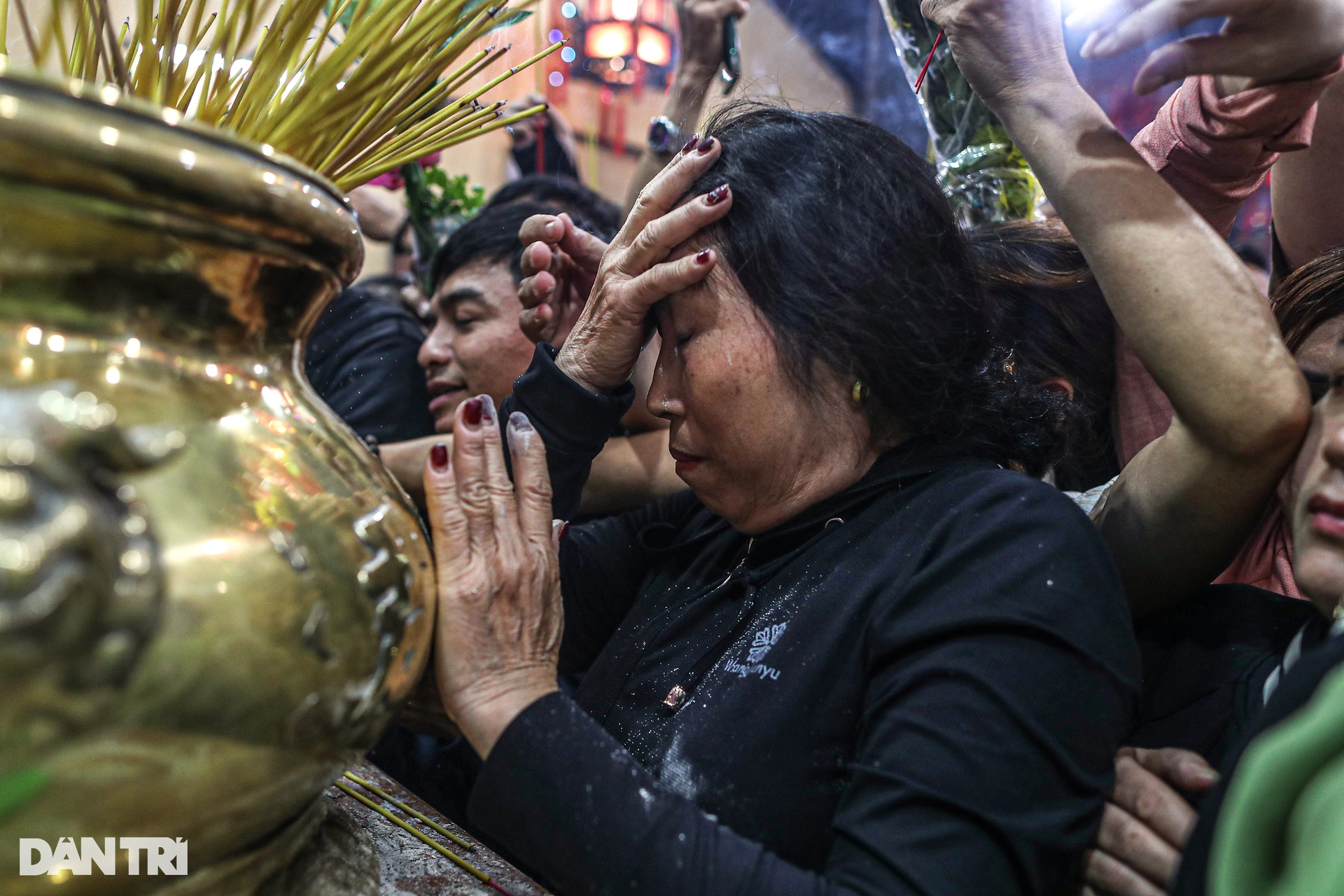
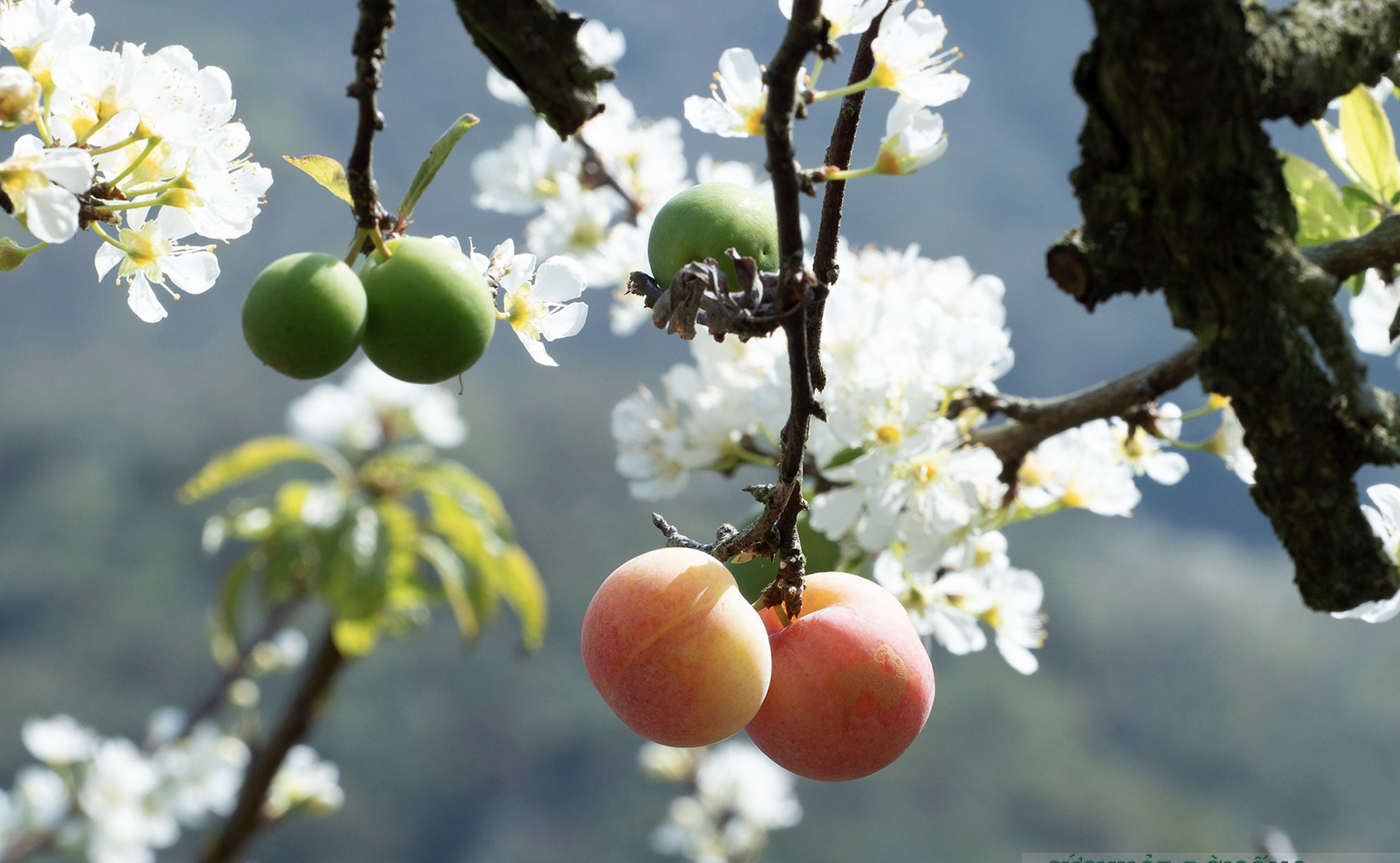
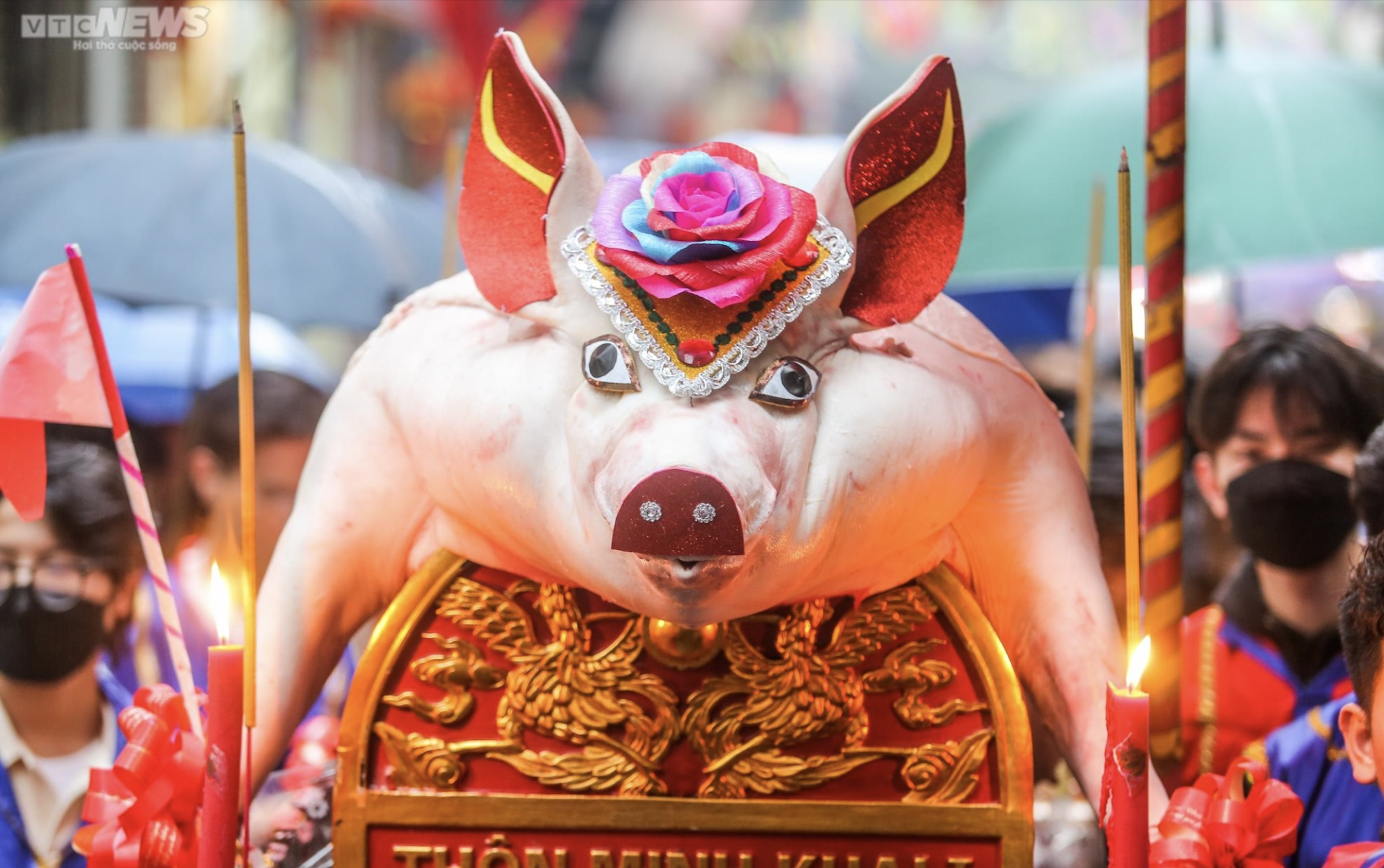

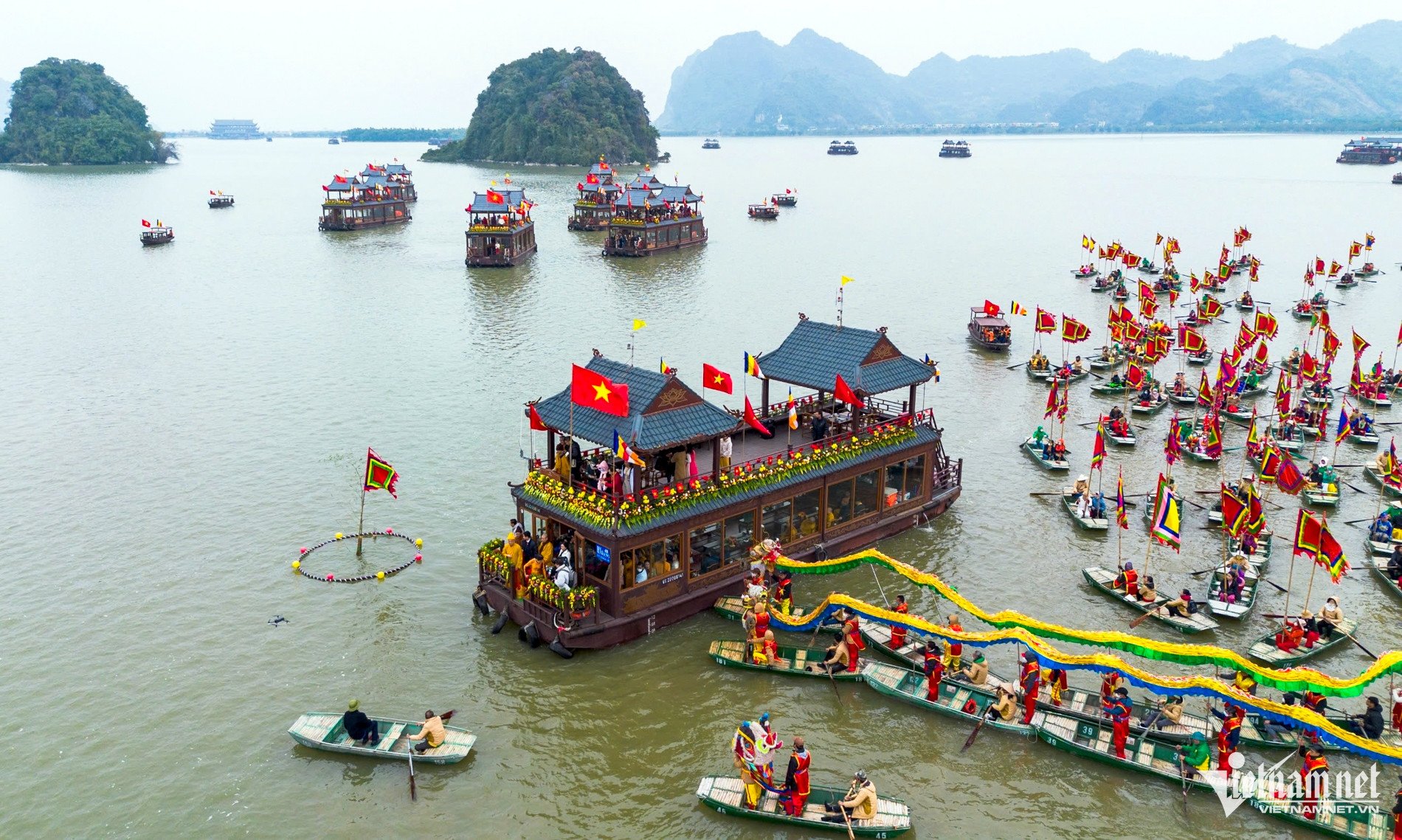
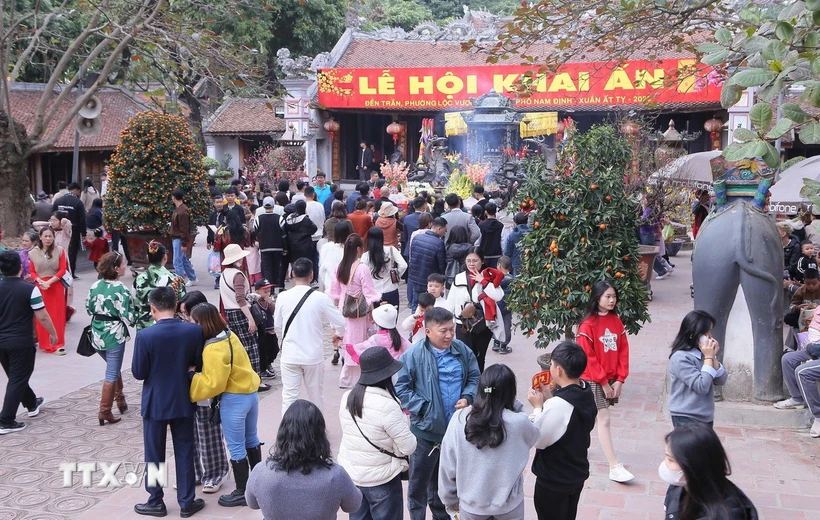
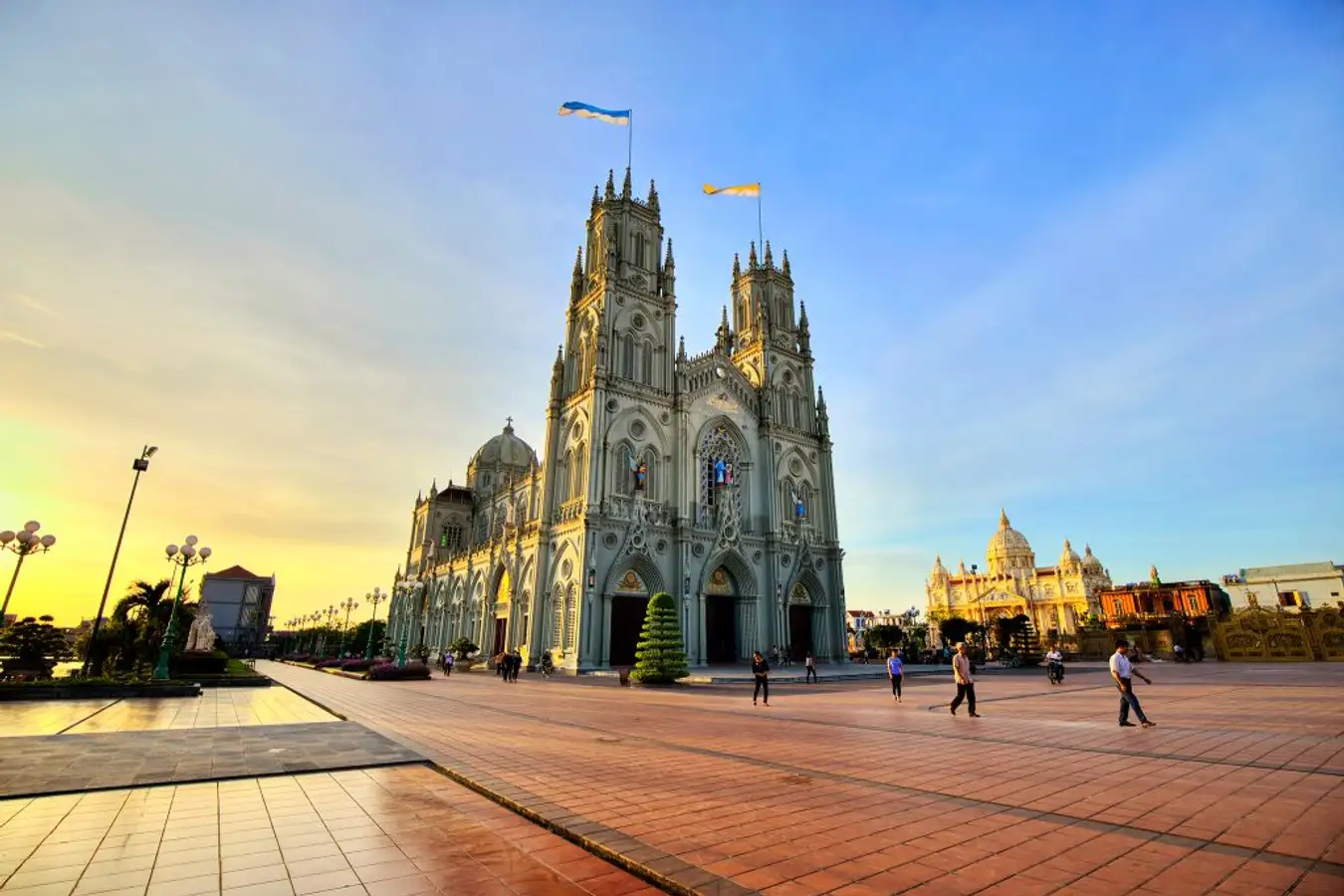




















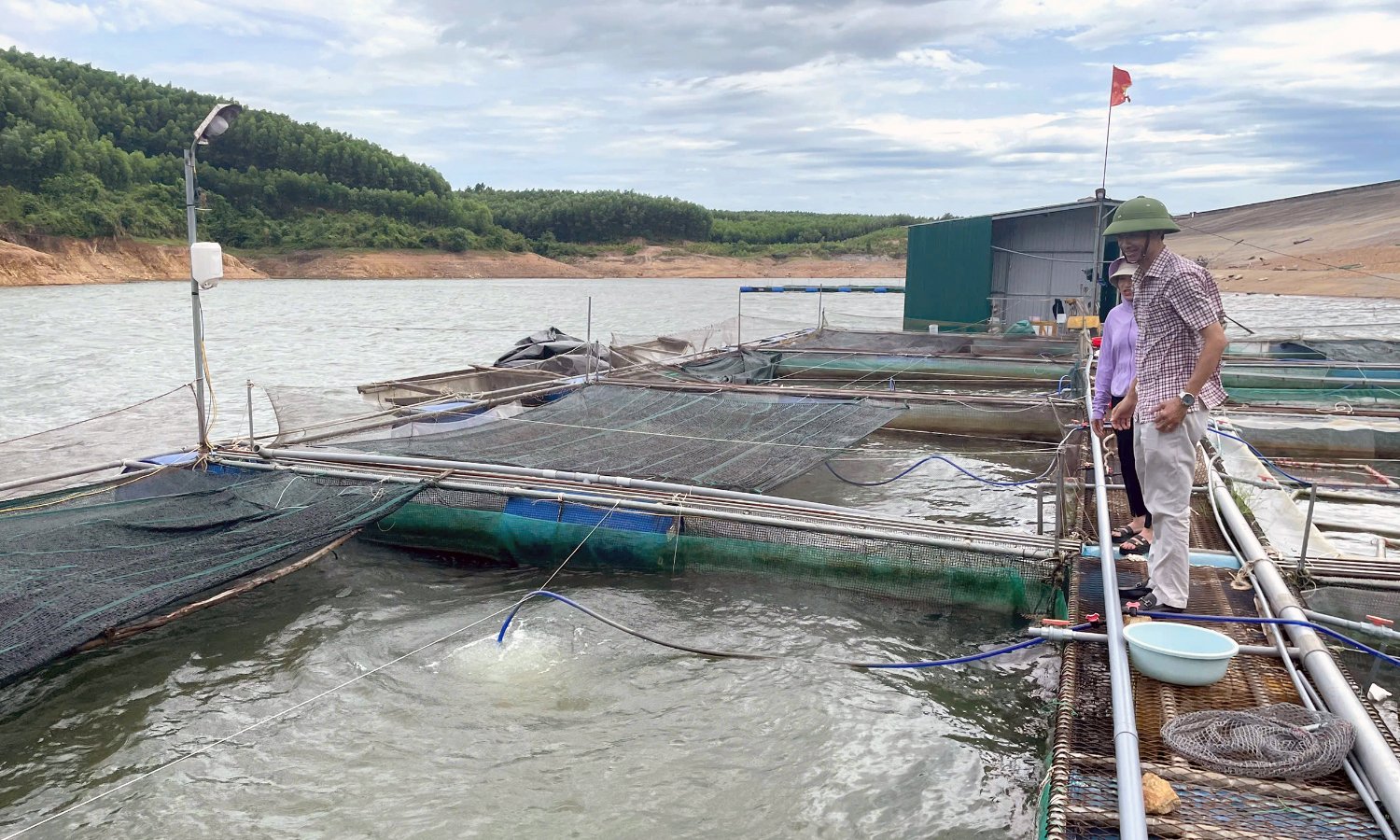
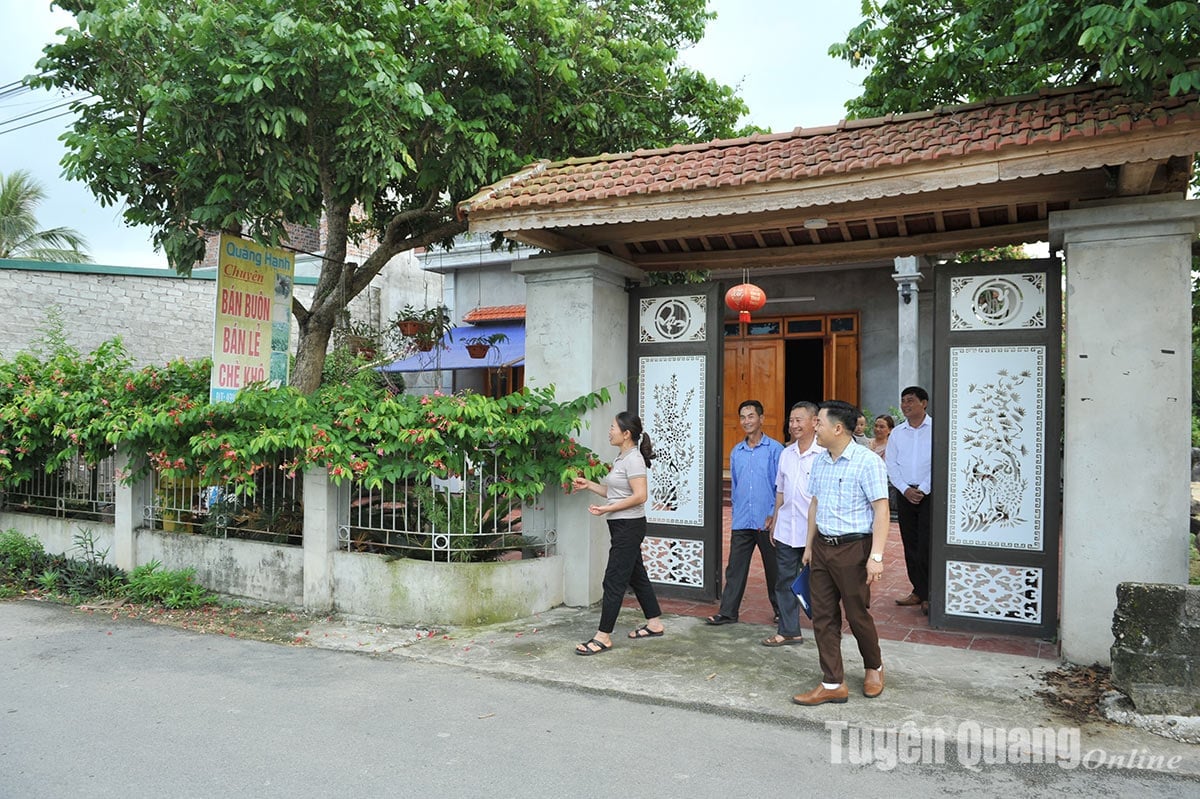
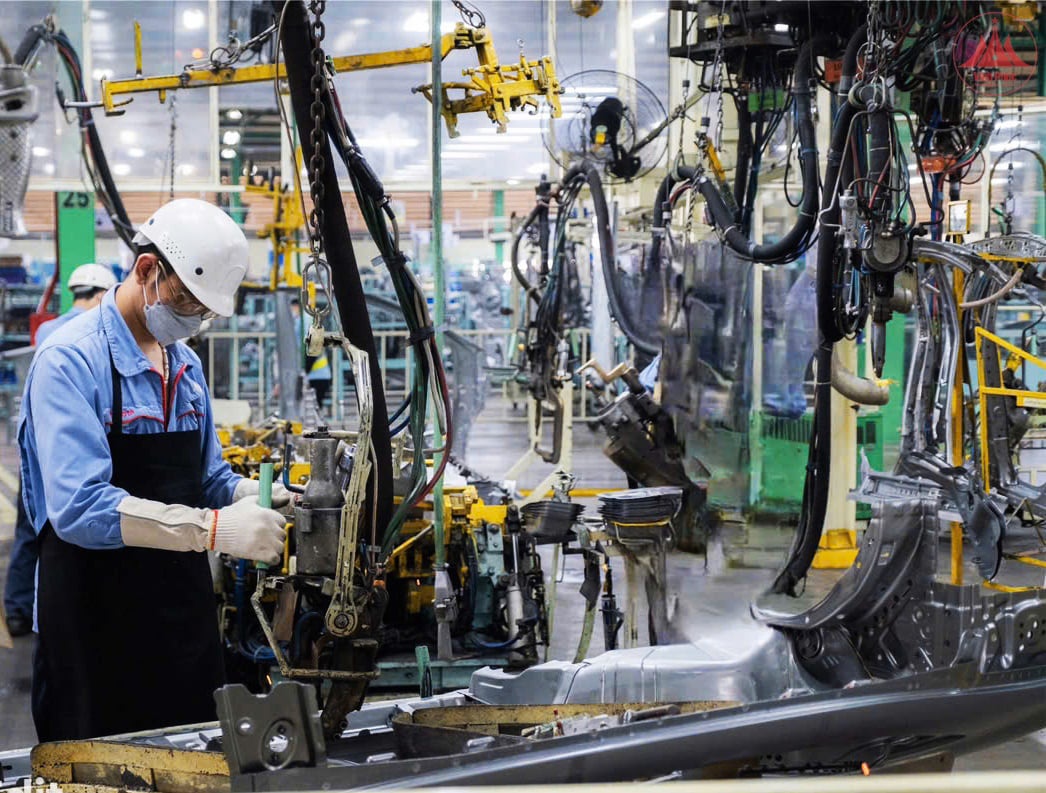
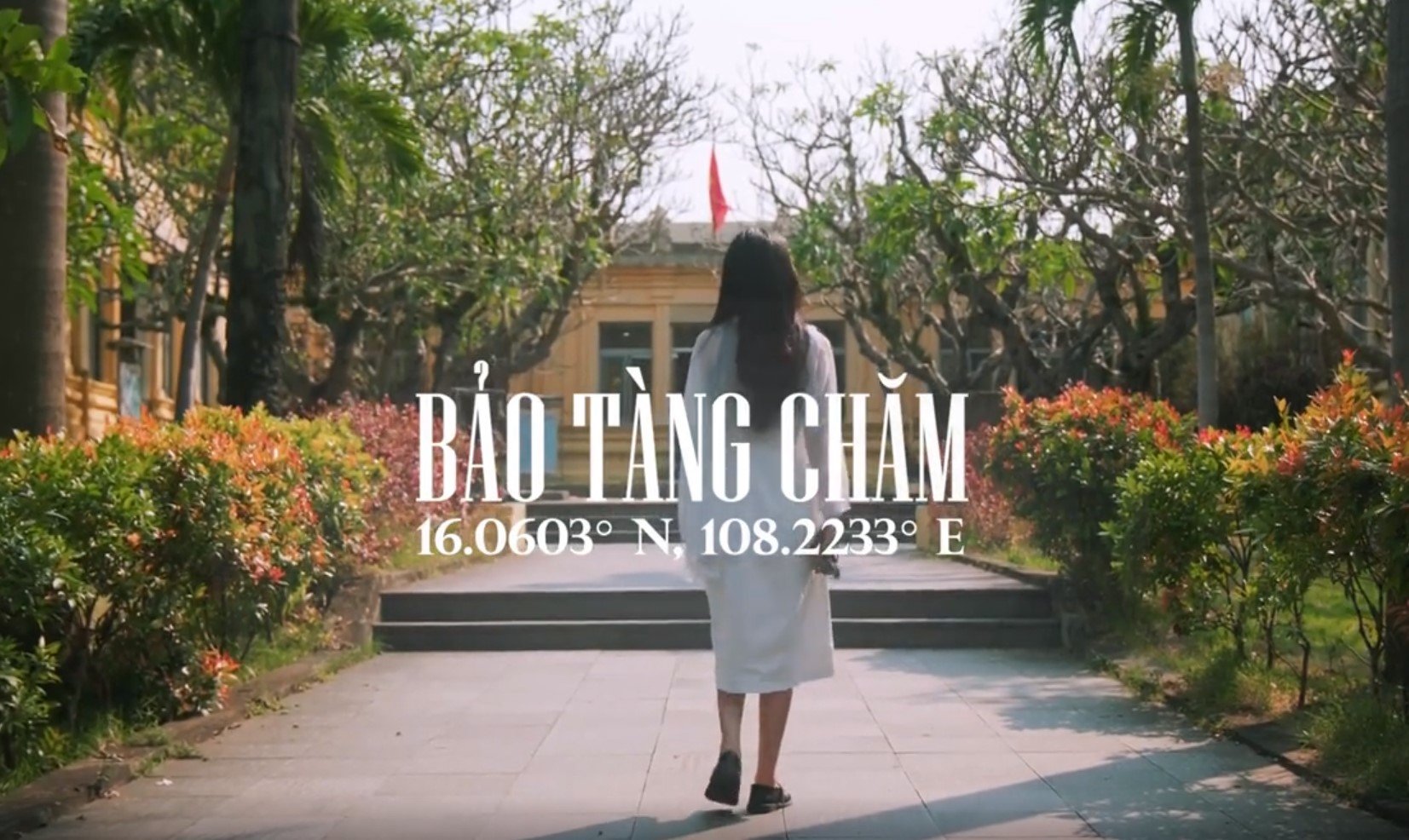
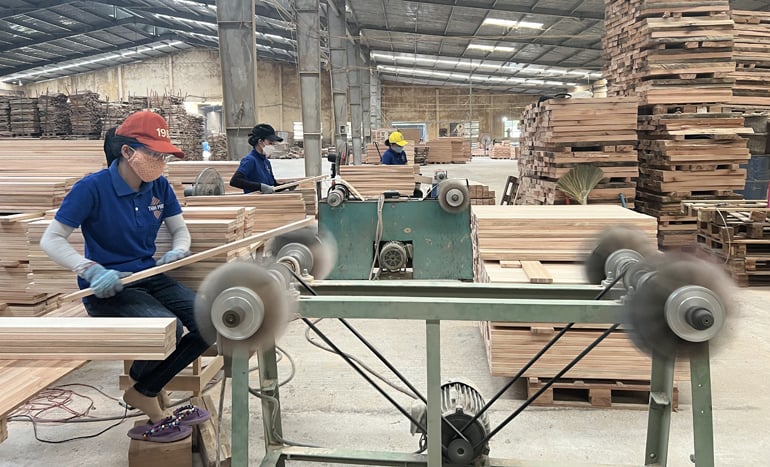

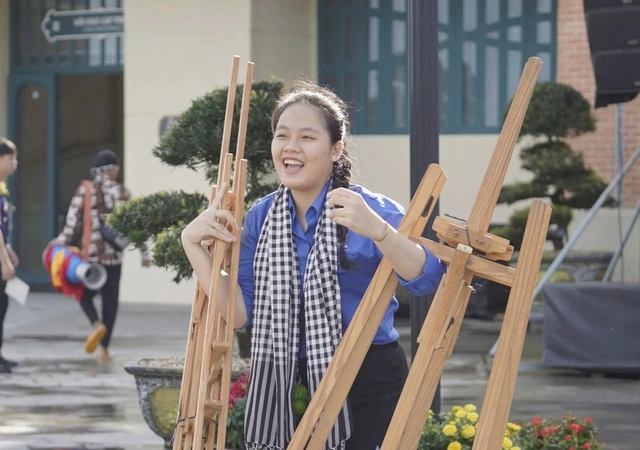



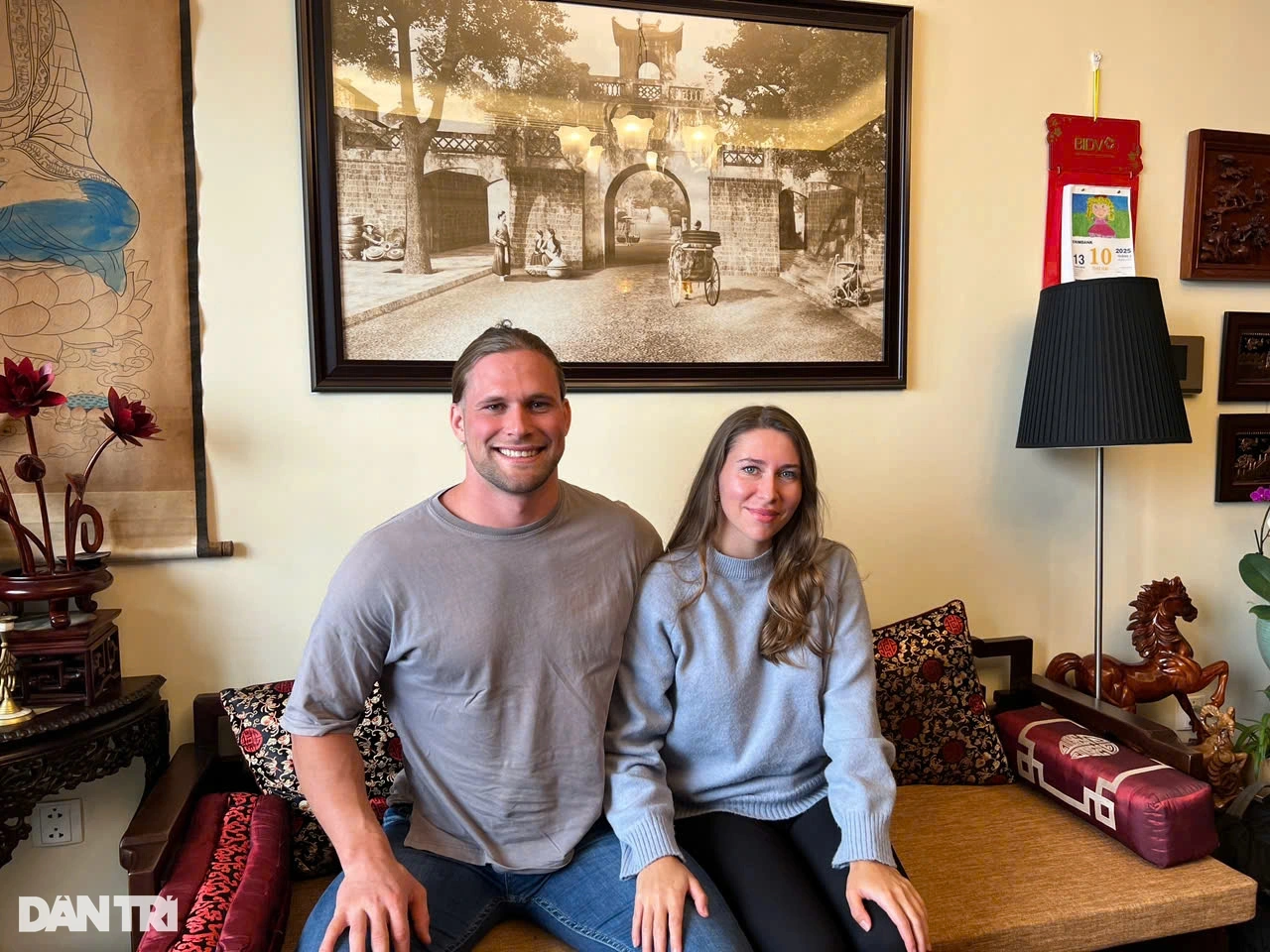

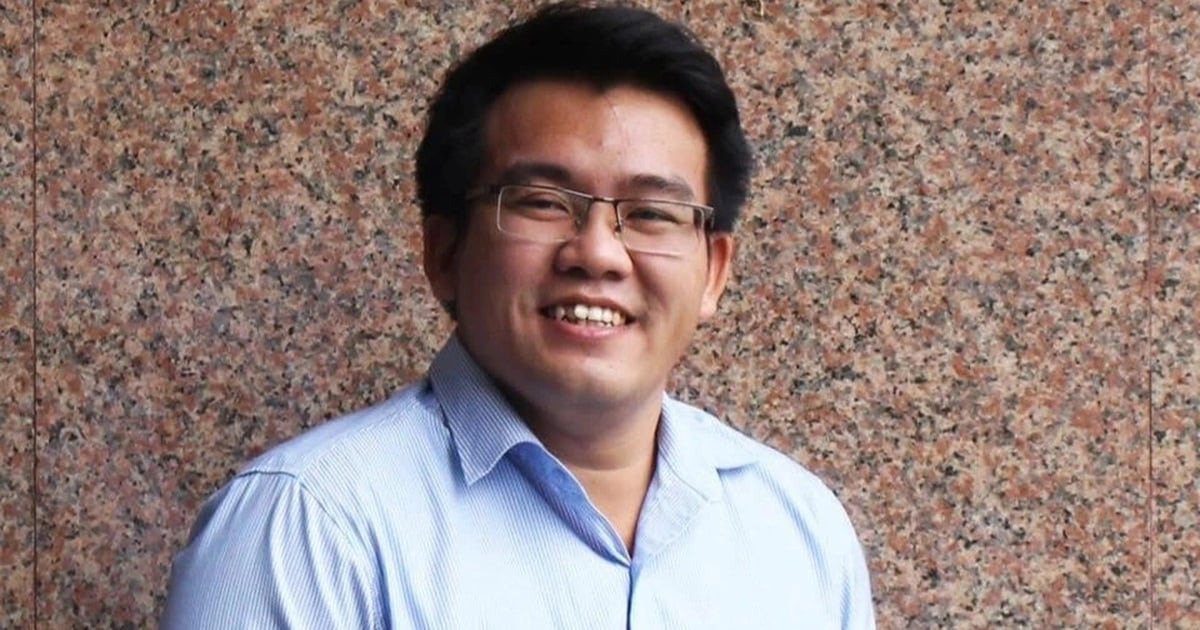
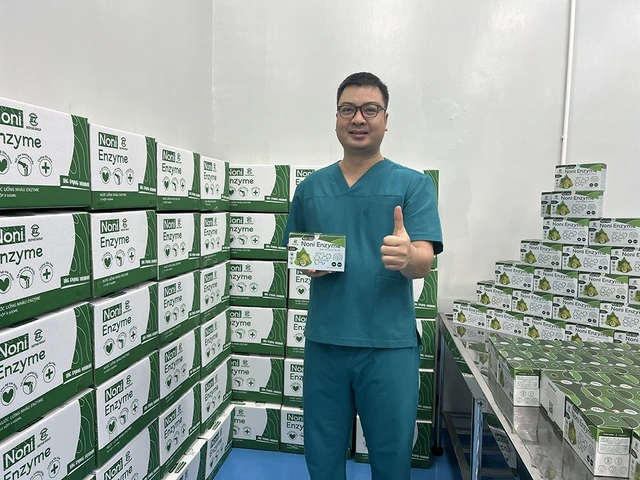
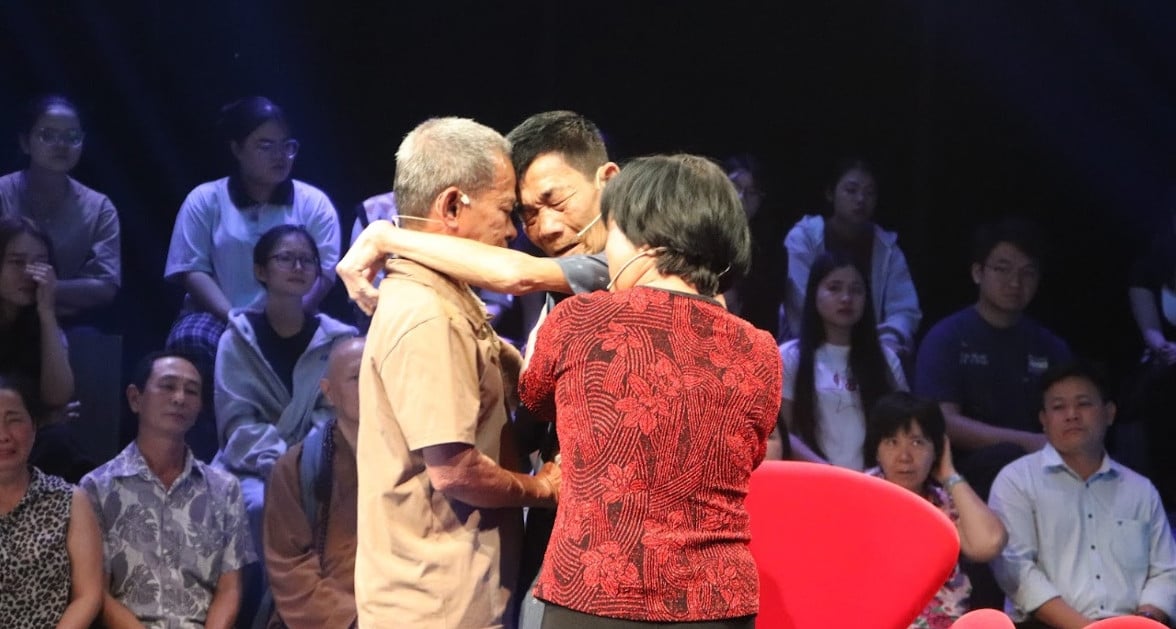





Comment (0)